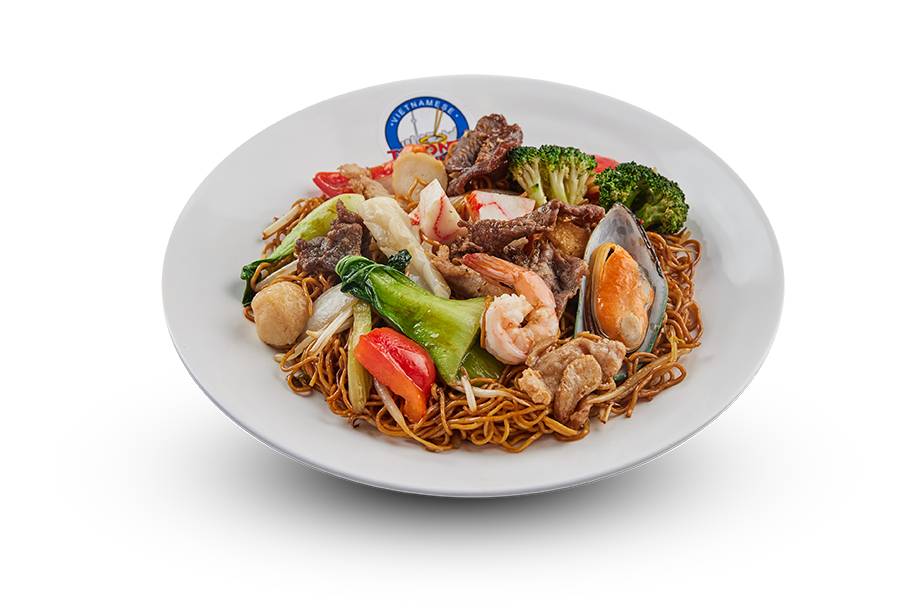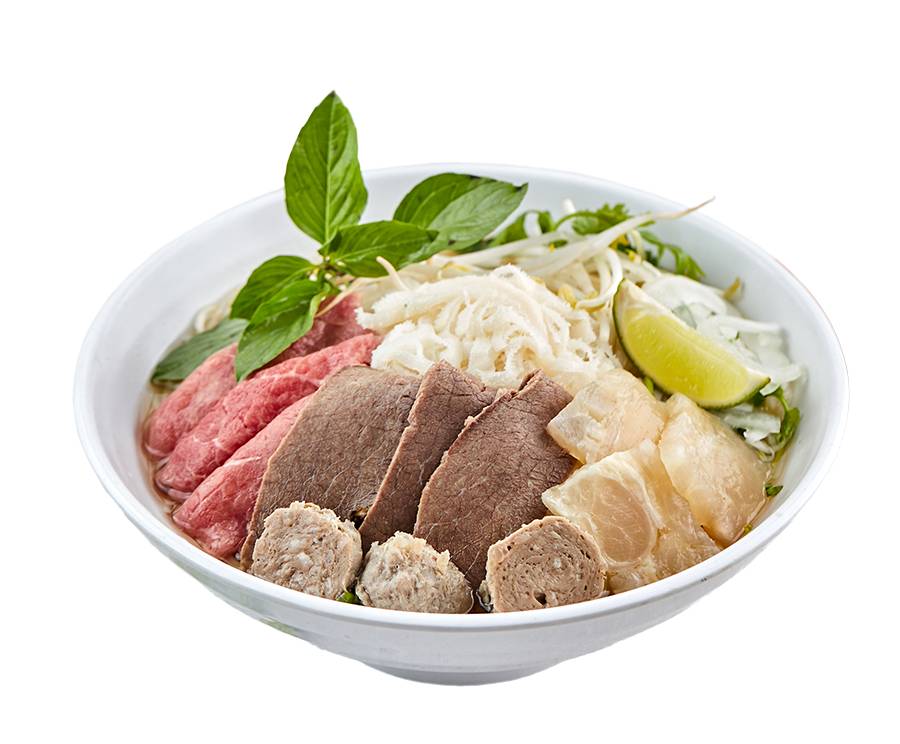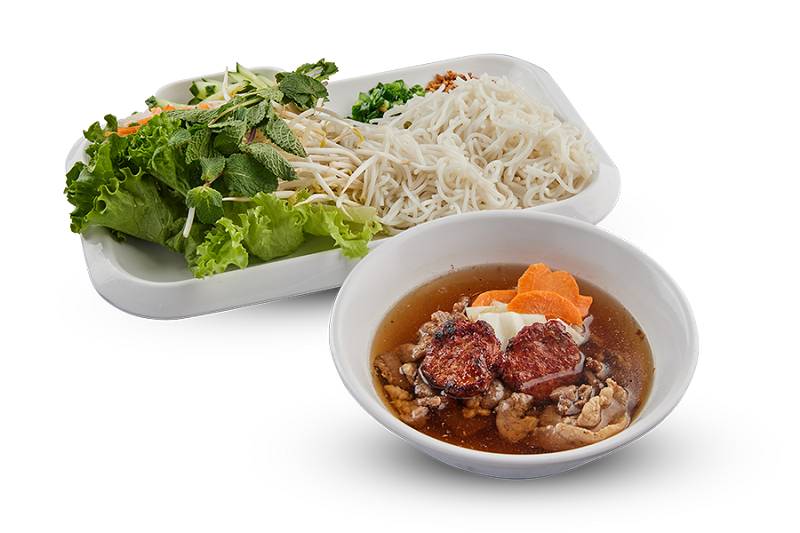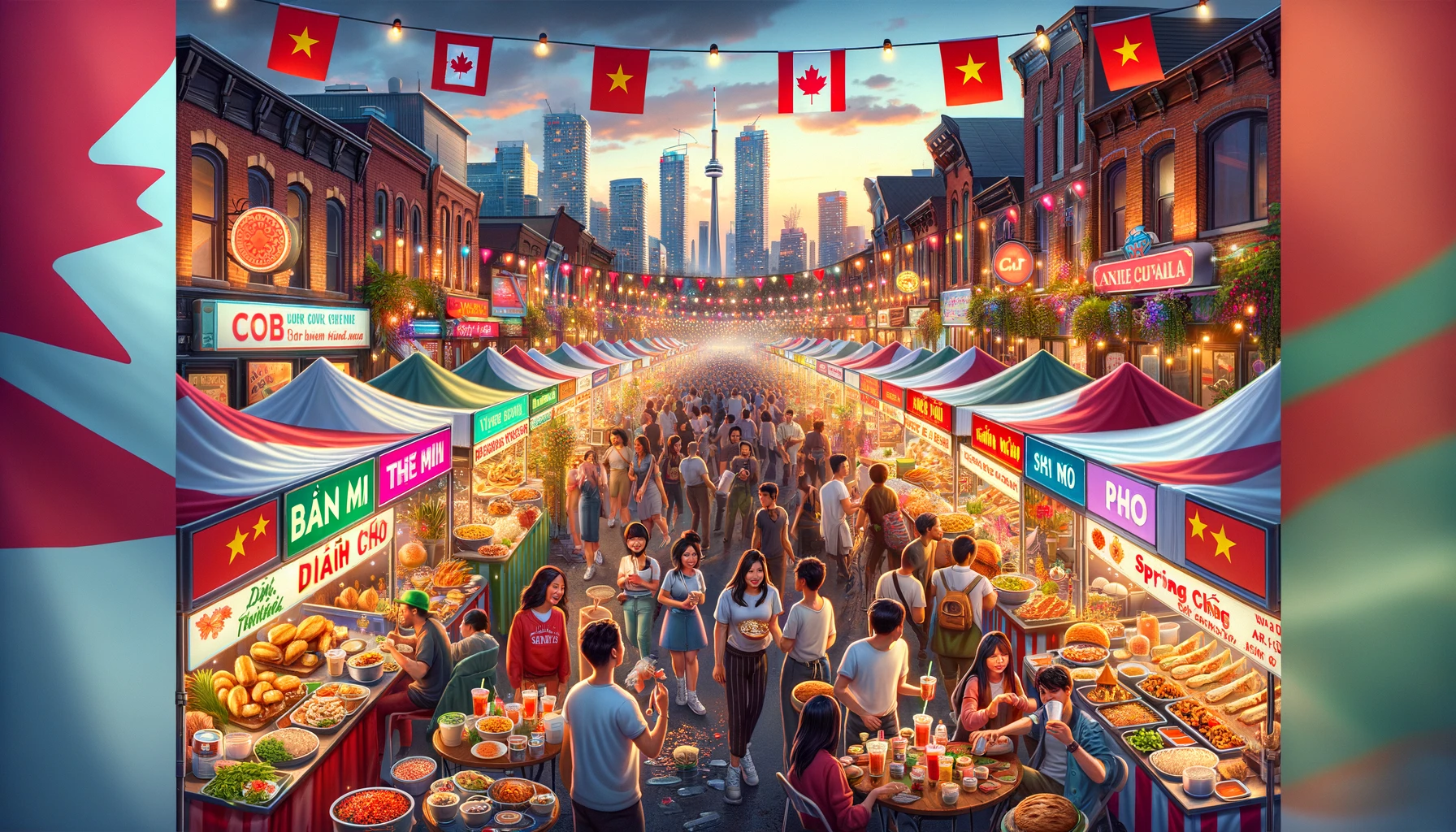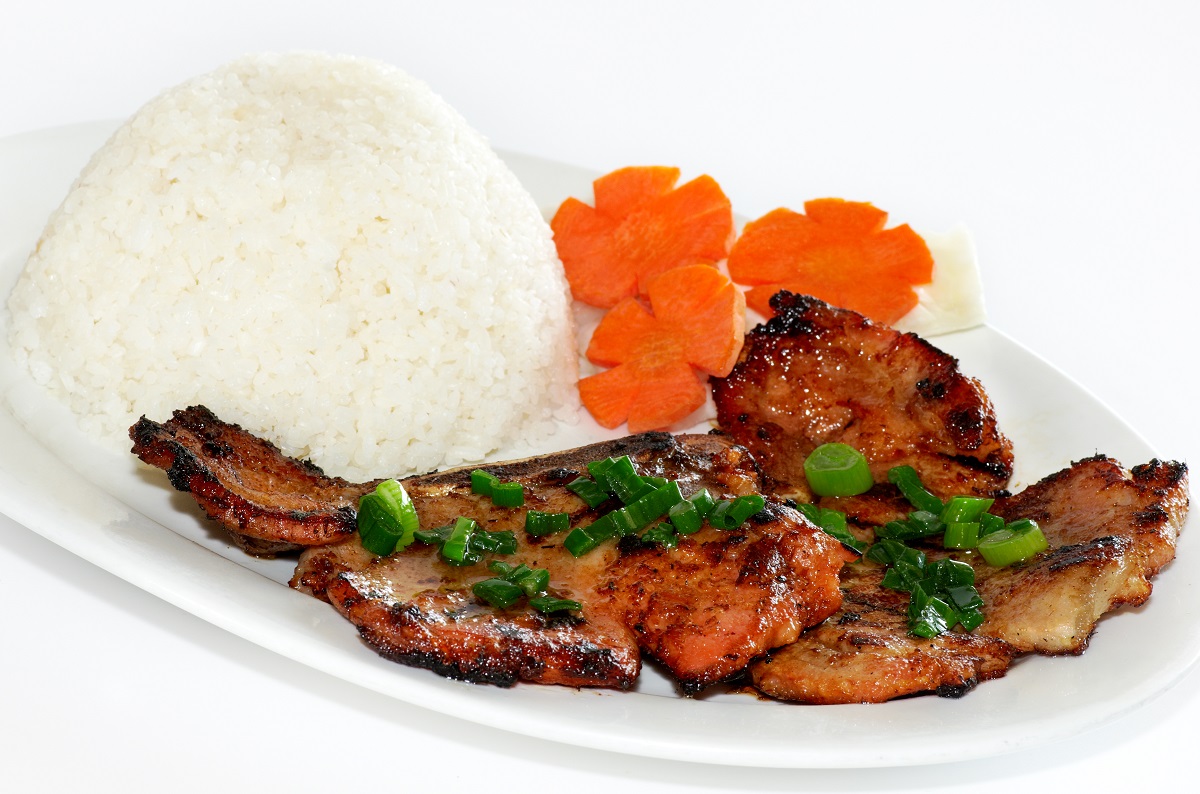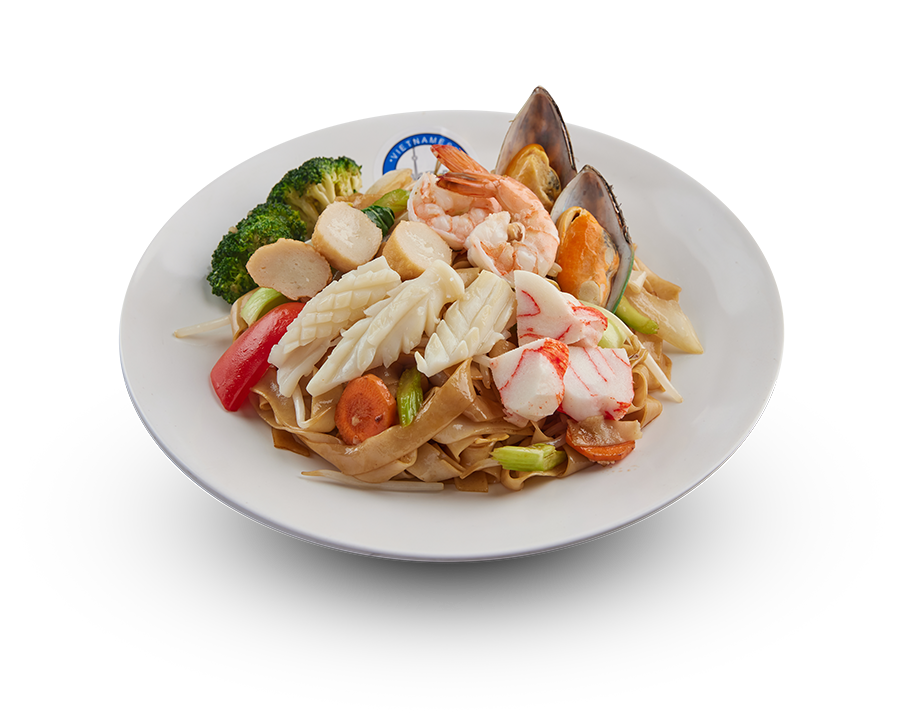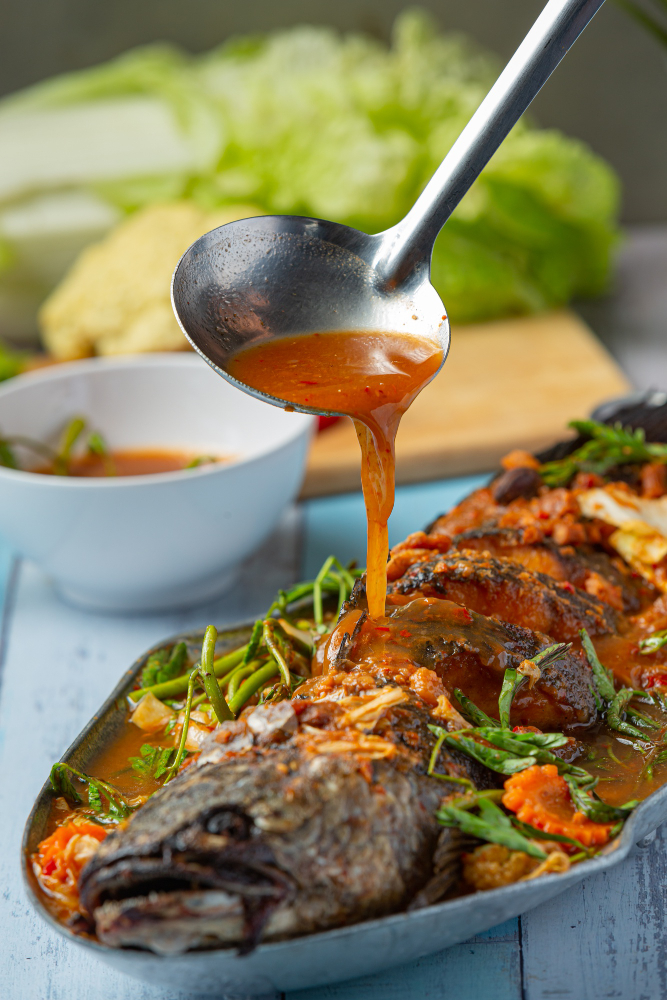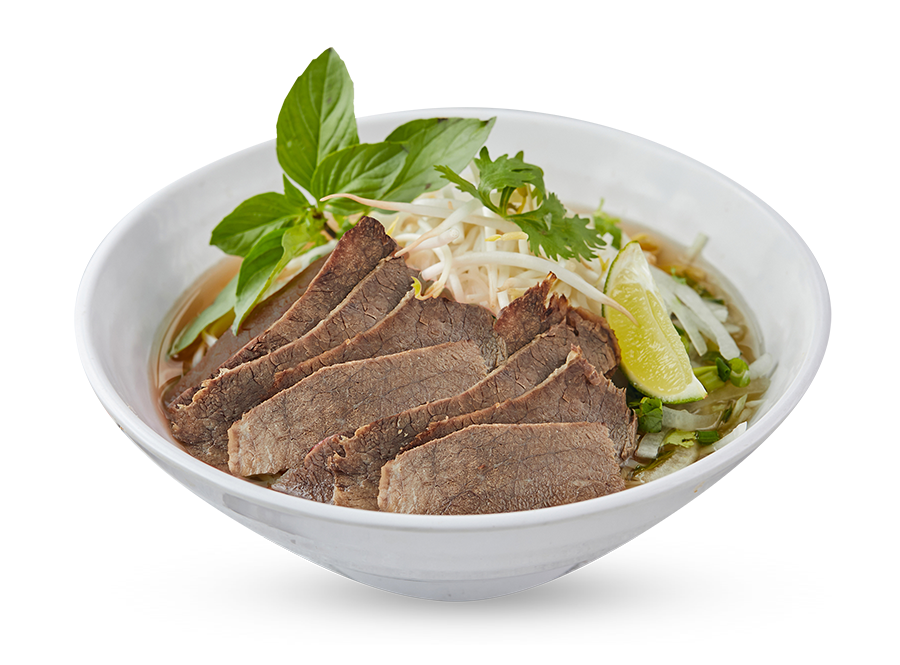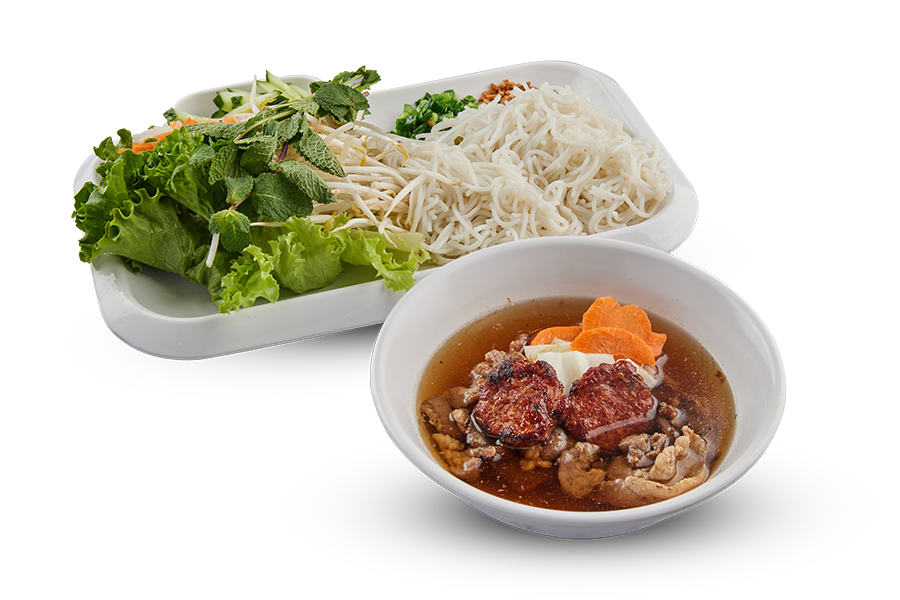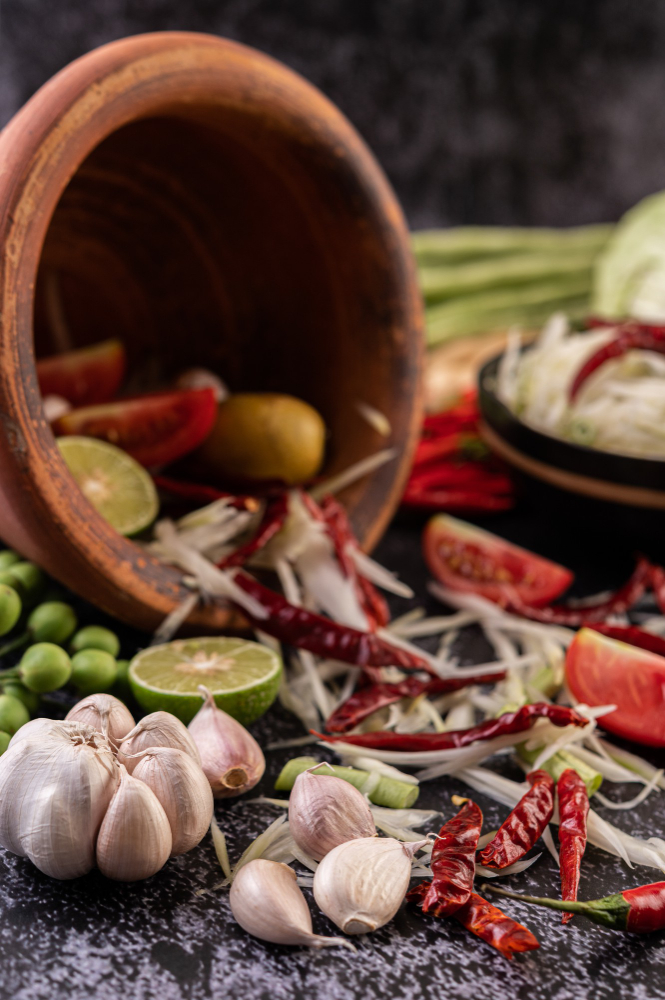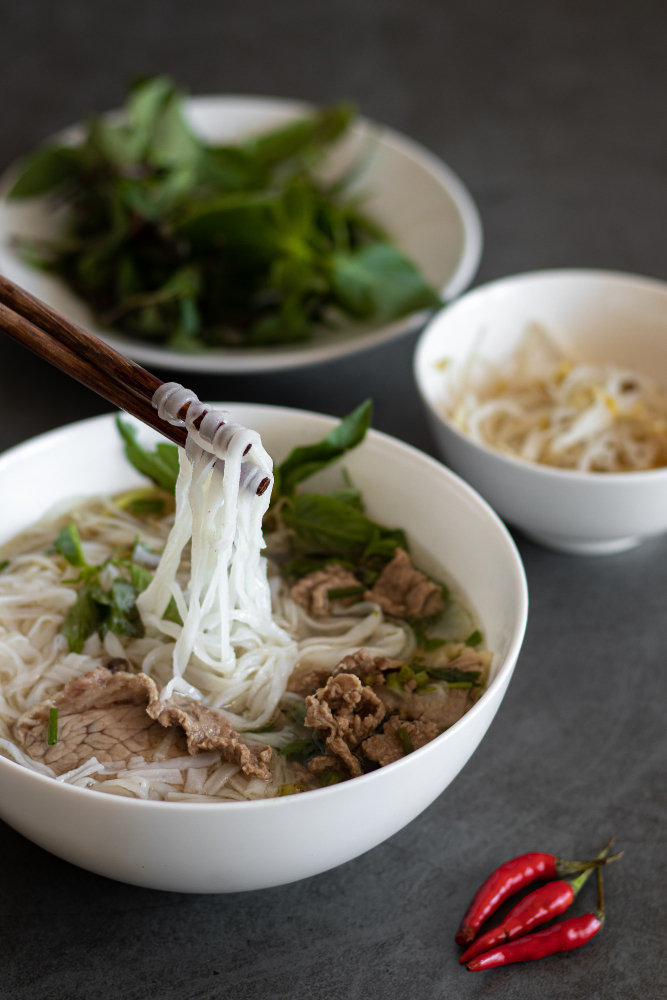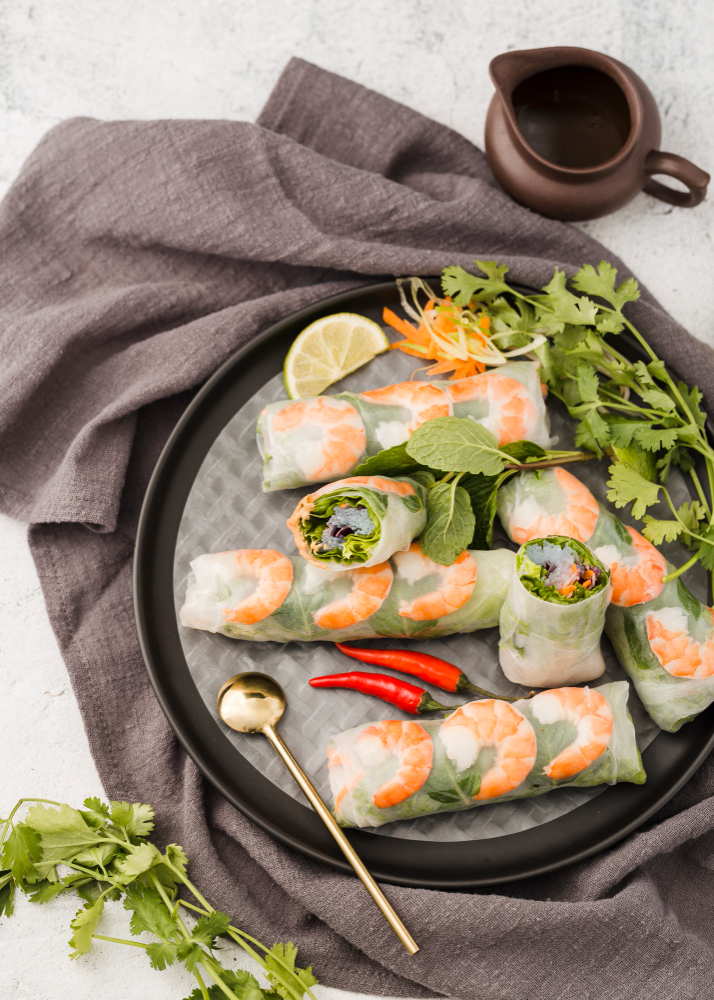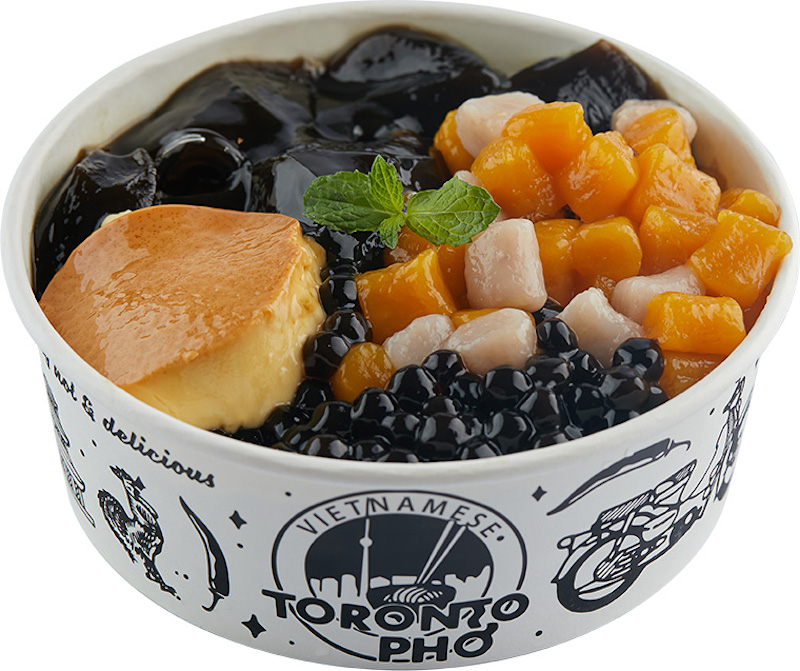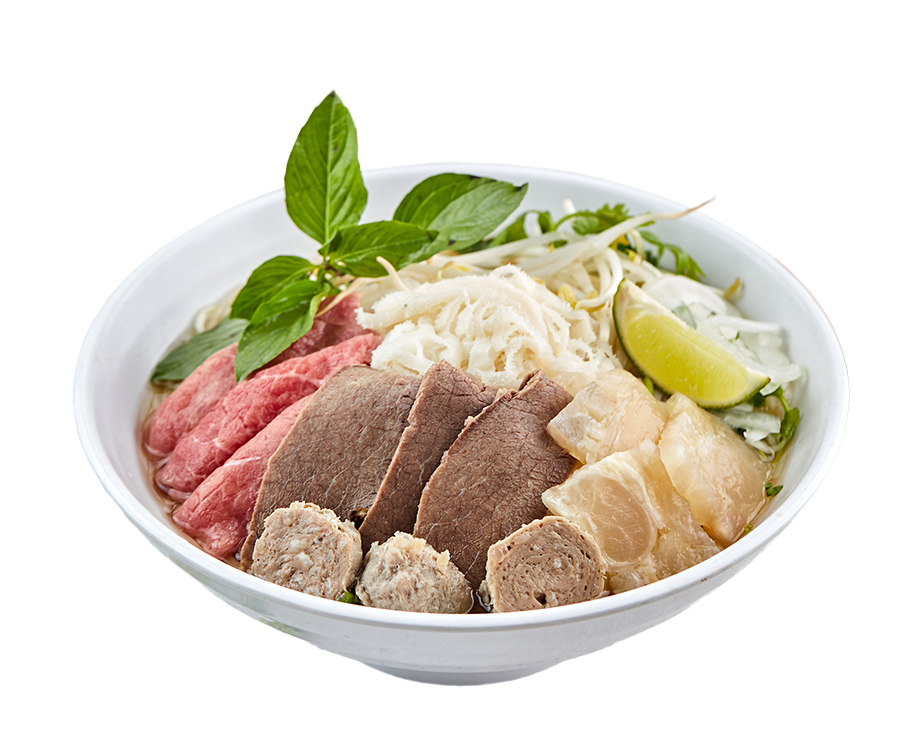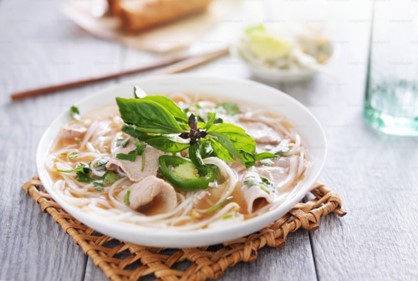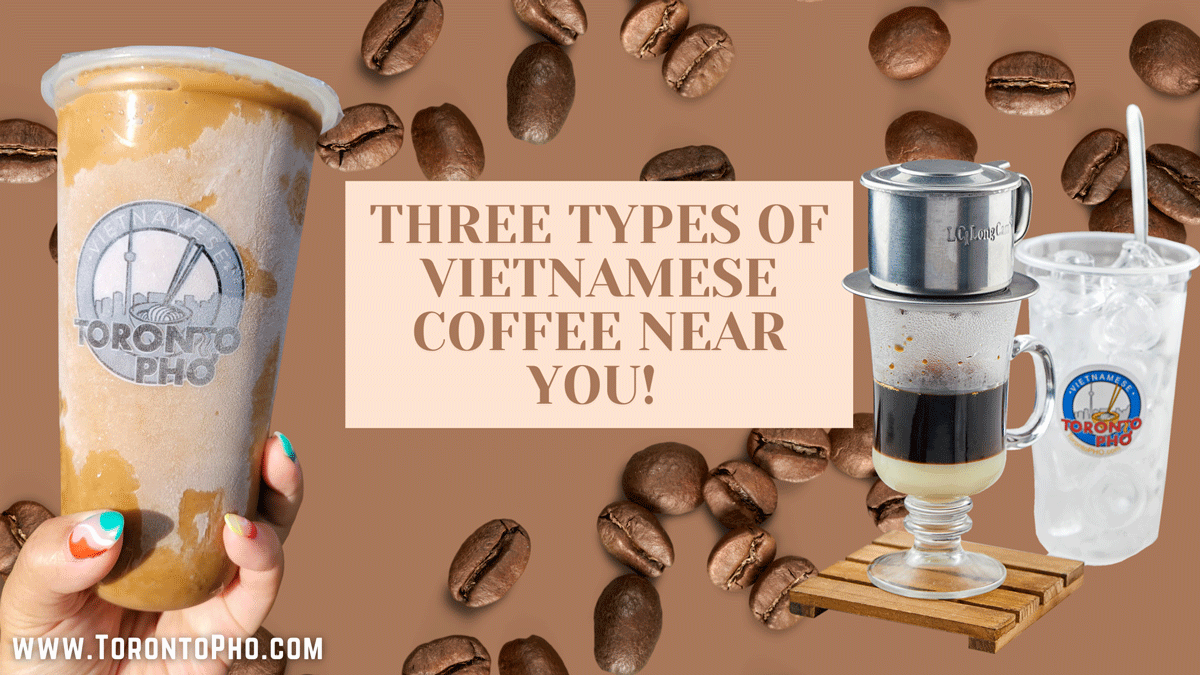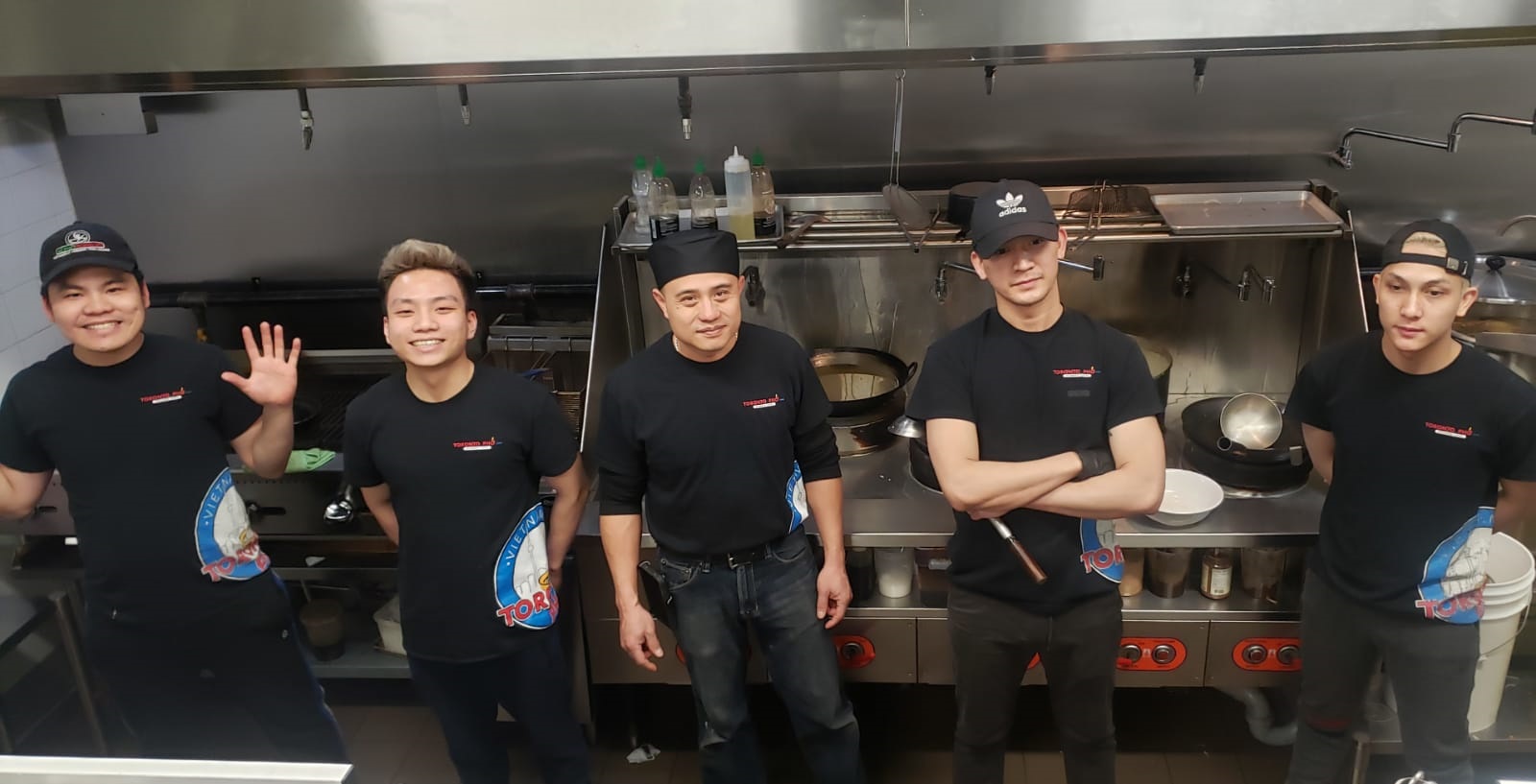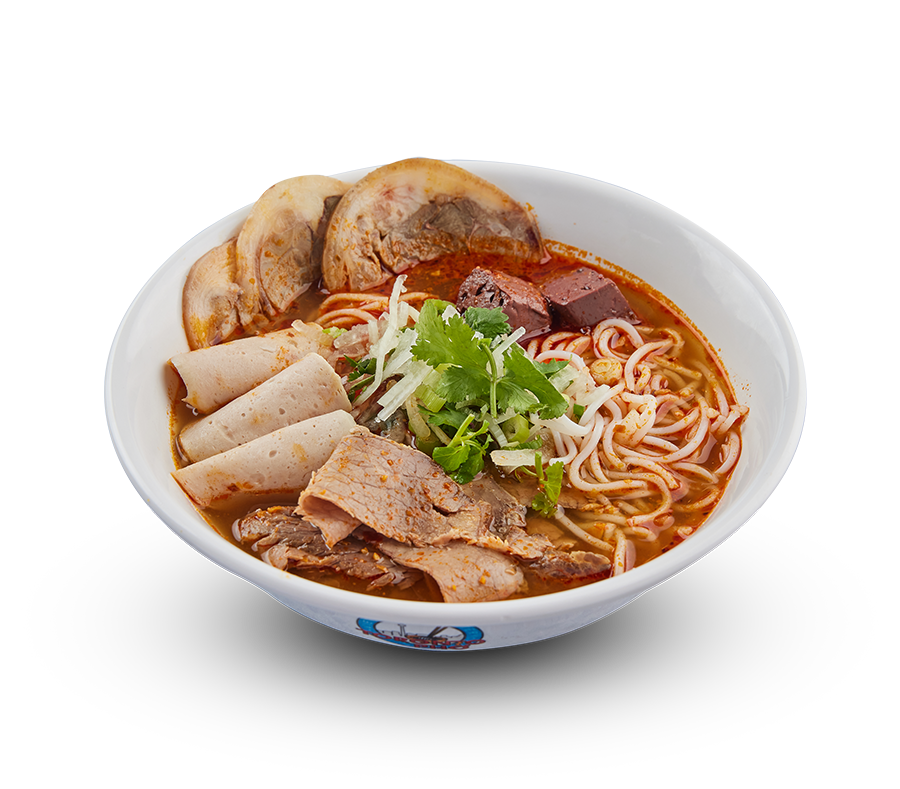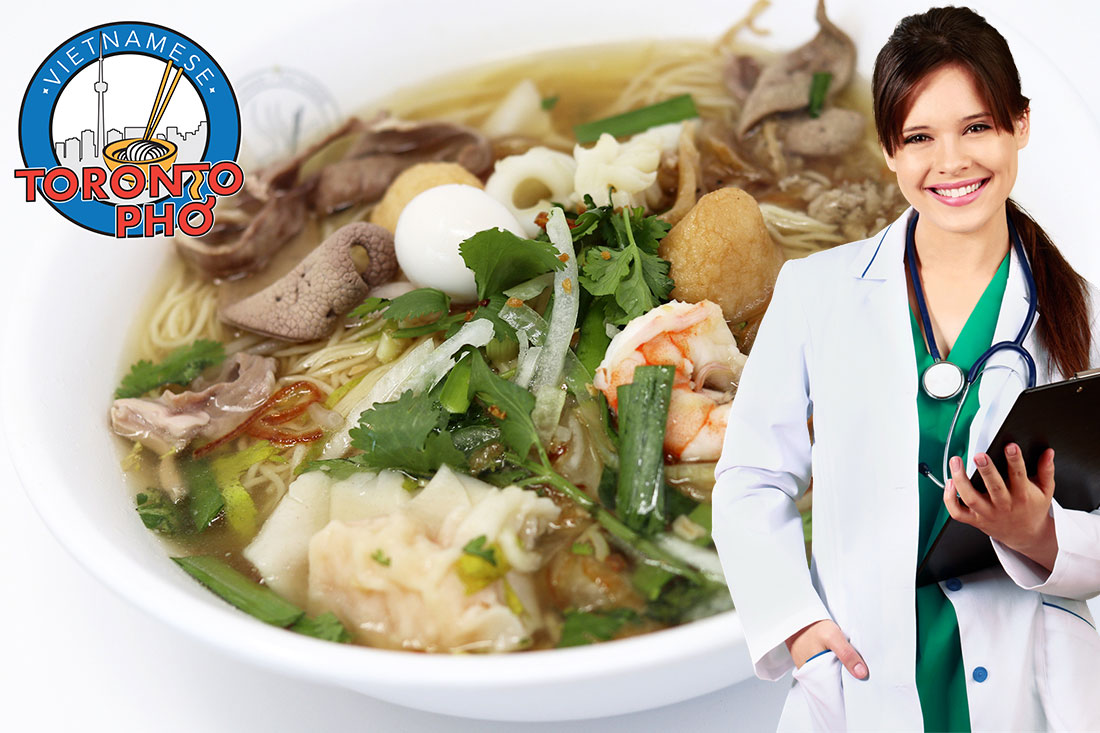
A hearty Vietnamese soup praised for being a healthy, well-balanced meal with a sufficient source of protein, some carbs, vegetables, and herbs and spices. In a nutshell, that’s pho’s reputation. But how healthy is pho actually? To find out we look to how its made and the ingredients used to deliver its filling flavours.
Pho is usually prepared from a beef broth, from bones, some ginger, onions, and usually other spices. The ‘banh pho’ rice noodles are added, in addition to herbs like cilantro and basil. Thinly sliced meats of some kind are incorporated and from there, toppings like bean sprouts, vegetables, or chili pepper can be added in.
Pho has made its way all over the world, from Vietnam to Canada. The trouble with trying to measure the health benefits of pho is that it can be different according to its customization. An example of this involves the protein source. Beef is a red meat as opposed to seafood, each coming with their own health benefits. Assuming you use tofu or a vegetarian-based meat replacement, that can also increase or decrease certain nutritional components.
Read more: Is Pho Healthy? See the Health Benefits of Pho and The Potential Complications As Well
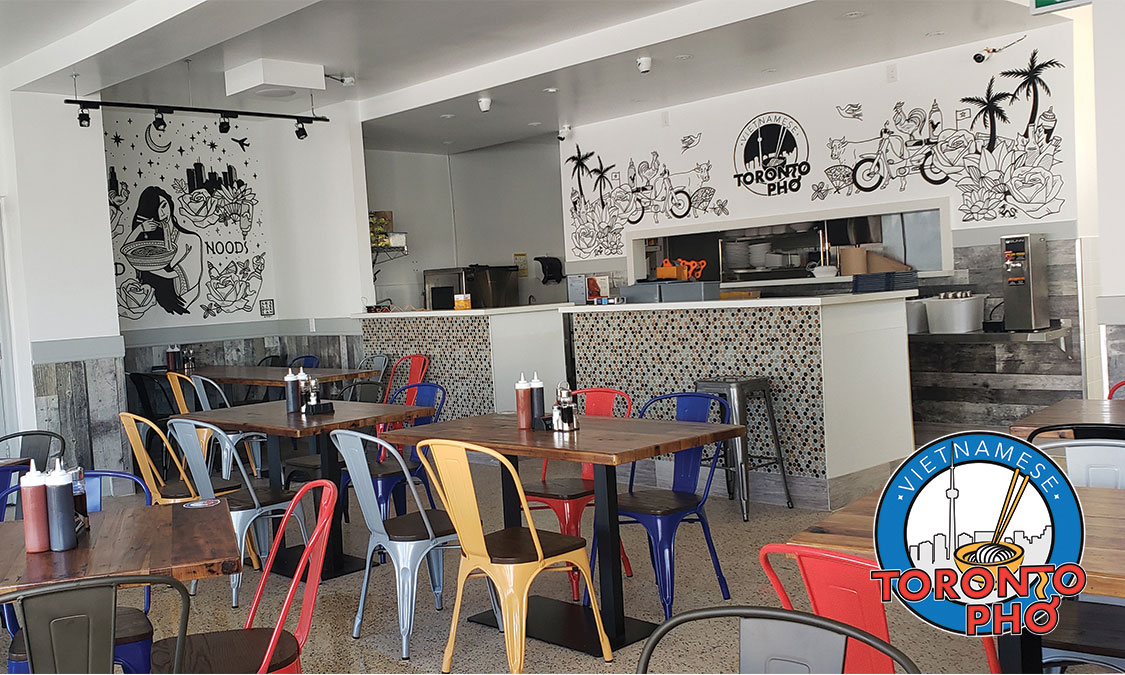
‘Vietnamese rice noodle soup’ is probably the simplest explanation of what pho is. Pho is a flavorful, family-friendly noodle soup usually made with beef although the protein source can oftentimes vary between seafood, pork, sometimes chicken, and even tofu for vegetarians. If you’ve never had pho before, it’s comparable to a North American soup. The different components which make up pho are what differentiates it from similar dishes.
A lot of the focus with pho is placed on the broth. If the broth is wrong, every bowl of pho from the pot is not going to taste like intended. Thereby, families in Vietnam oftentimes will spend a whole day preparing the broth with herbs and spices, getting it just right for dinnertime. There are also numerous ways to customize pho, switching out the protein source, the herbs and spices in the broth, and/or adding certain veggies or toppings in with a bowl.
Read more: All You Need to Know about Pho in Toronto, from a Top Vietnamese Restaurant
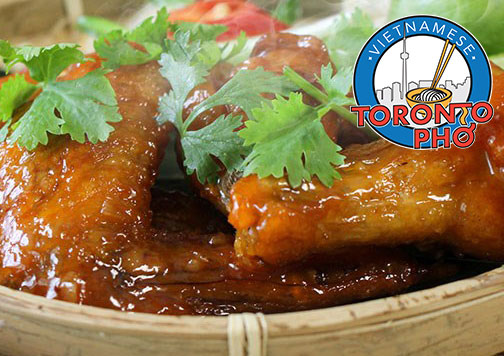
Fish sauce in Vietnam is a familiar dipping sauce. To get Vietnamese cuisine right, you need the right elements. Fish sauce is key to several dishes. It’s used almost everywhere in cooking in Vietnam. As a kid, you grow up with it having been made by your grandma or mother and don’t give much thought as to what it is or where it’s from. Obviously, these days, we know a little bit more about how fish sauce is made and how to customize the recipe.
There are all sorts of fish sauce uses in Vietnam, including with egg rolls, spring rolls, or summer rolls. Fish sauce is also used with banh hoi, banh cuoin, grilled meats, and fried fish, among other suppers and lunches. There’s a few things to remember about how fish sauce is put together. Water makes up more than half the volume so when assembling, the amount of fish sauce is double the amount of water more or less. After you have your water, there are different ways to put together your fish sauce if you’re making it from scratch.
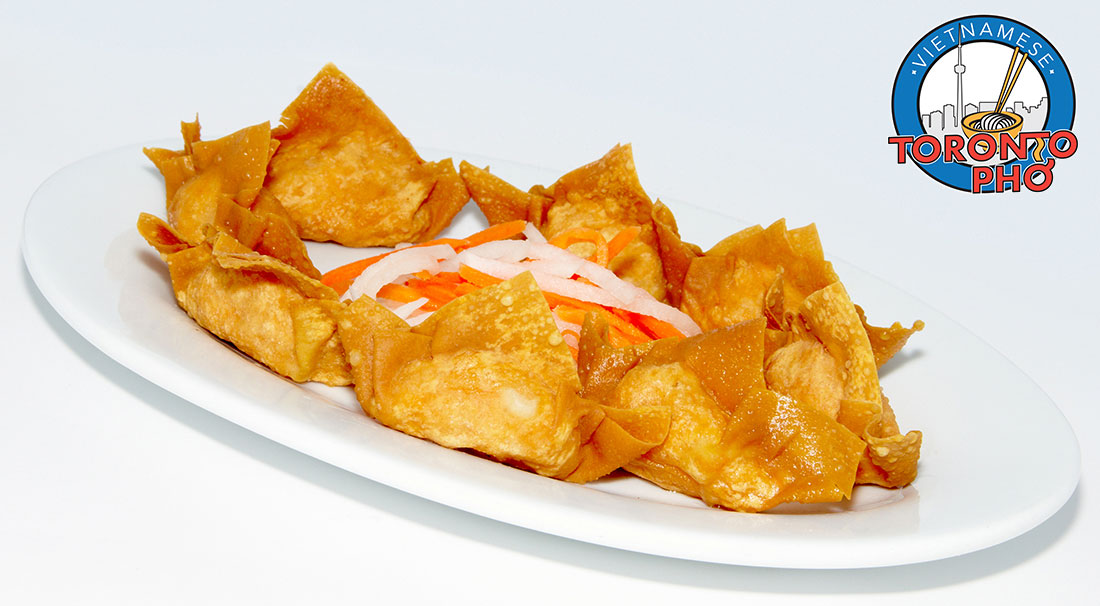
Wontons are a staple food at many different restaurants. These delicious morsels are prepared and enjoyed across several different Asian nations. Wontons are a type of dumpling that come with a variety of fillings. Unlike some other dumplings, wontons are traditionally prepared as a soup. While soup might be the most well-known way to serve wontons, many other methods are used. Deep fried wontons are a modern twist on these ancient classics. They offer a satisfying crunch and are a great finger food. These deep fried wontons have grown to become a favorite appetizer.
A wonton starts as a square wrapper. These wrappers are rolled out from a dough consisting of flour, egg, water, and salt. Filling is then added to the center of the wrapper. The corners of the wrapper are folded into the center to cover the filling and pressed shut. The edges of the wrapper are moistened beforehand to ensure they hold together when closed. Any air bubbles inside are pressed out in order to avoid the expanding air breaking the wonton during cooking. The completed wonton is then boiled, for soup, or deep fried to be enjoyed as is own dish.
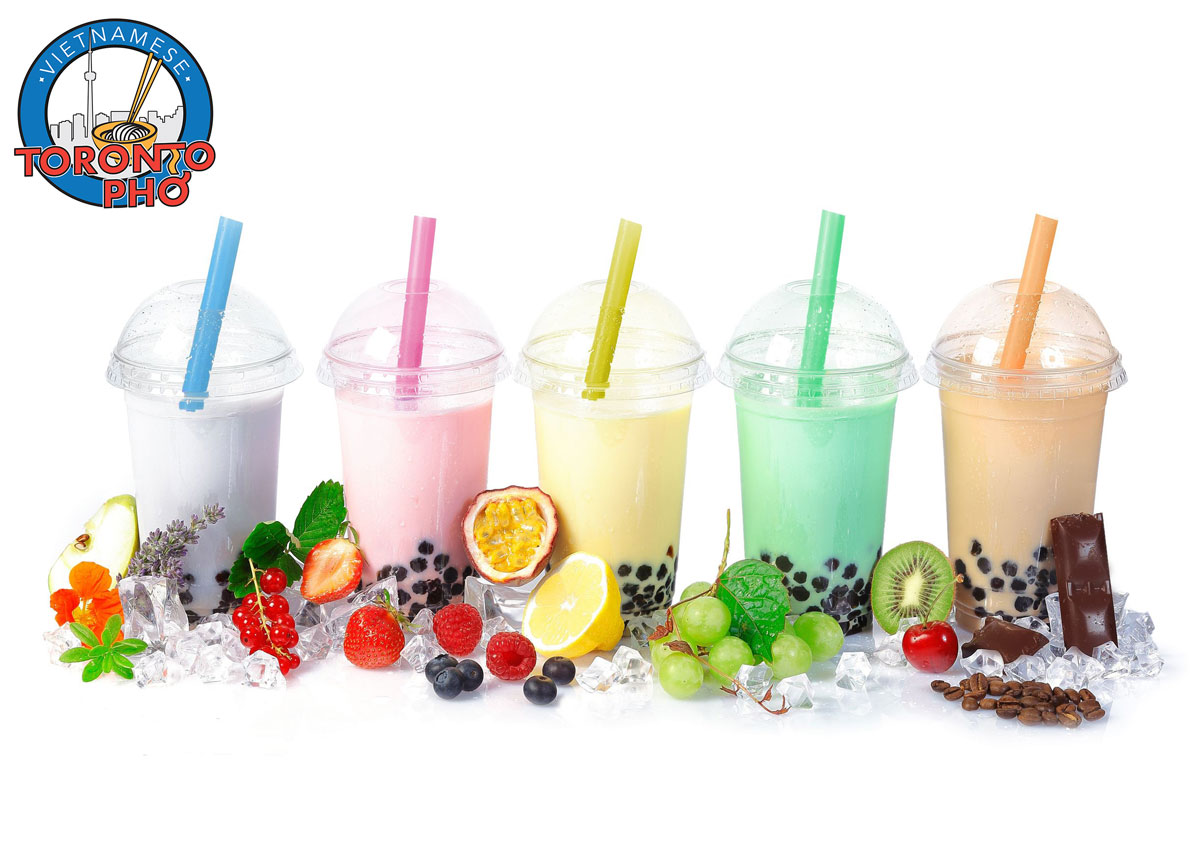
Bubble tea is a Taiwanese tea-based beverage that originally came to prominence in parts of Taiwan beginning in the 1980s. These days, it’s become a staple in Toronto Asian restaurants. Bubble tea is sometimes referred to as ‘pearl milk tea’, ‘bubble milk tea’, or as simply ‘boba’. Sitting in at Toronto Pho, there are 10 different types of bubble tea you can try any time!
Coconut bubble tea
Coconut bubble tea is a very basic boba that is an excellent starter beverage for Torontonians unfamiliar with the drink. It’s a combination of coconut, vanilla, and tapioca pearls. Mixed together, they make a classically delicious combination.
Honeydew bubble tea
Honeydew bubble tea is another classic boba, transporting you to Taiwan in a sip. Honeydew powder is typically used for this type of bubble tea, mixed with a small collection of ingredients such as sweetener, creamers, and others.
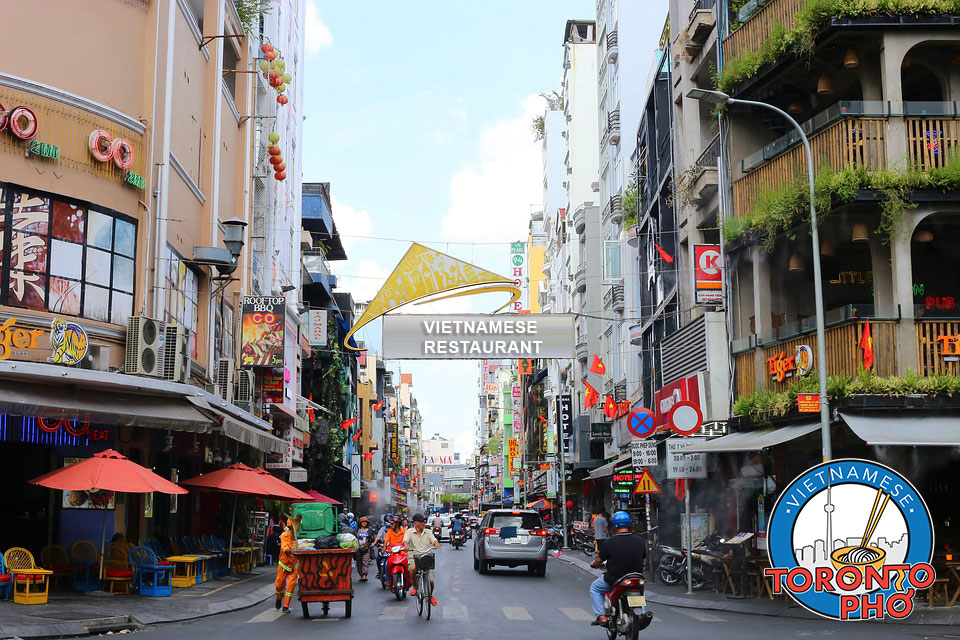
The international food scene’s brightest star is Vietnamese ethnic cuisine, healthy, flexible, and balanced. Vietnam food is well known for using less oil, less meat, and incorporating more vegetables.
Meals in Vietnam are influenced not only by its indigenous peoples but from Indian, Chinese, French, and American food. Today’s landscape of Vietnam restaurants is impressively diverse. Traditional meals like Vietnamese pho are served alongside American-influenced dishes. Here’s five of our favourite Vietnamese restaurants in Vietnam that continue to inspire here in Canada.
The Deck Saigon
The Deck Saigon is a romantic Vietnamese restaurant with a posh ambiance in an open-air environment near the Saigon River. Specializing in prepared pan-Asian fusion type dishes. The Deck Saigon brings together a wide array of influences into something try special for lunch and dinner. A la carte offerings like soft shell crab tempura, char-grilled shrimp, and rib eye stick are perfectly put together. The price isn’t cheap as a lot of the meat is imported. That said, it’s the best meats you’ll find in the town.
Read more: See the best Vietnamese Restaurants in Vietnam which Continue to Inspire Us
More Articles ...
Page 36 of 45


